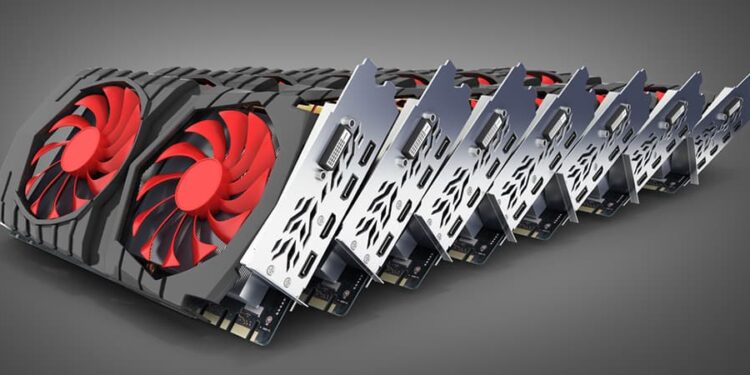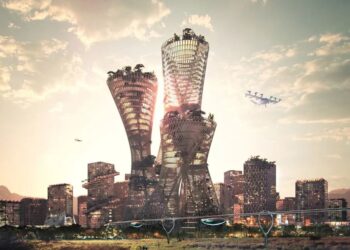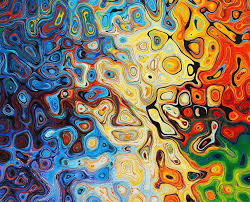Creating a Deep Learning (DL) model involves training Artificial Neural Networks (ANN) to perform various tasks. This process usually includes exposing the model to thousands or millions of datasets. This type of computing can be highly demanding and time-consuming. A GPU, a microprocessor specialized in running multiple computations simultaneously, can speed up this process. Before you decide what GPU is right for your setup, you need to understand the requirements of your DL model.
What is a GPU?
A Graphics Processing Unit (GPU) is a microprocessing chip designed to handle Graphics in computing environments. GPUs can have hundreds and even thousands of more cores than a Central Processing Unit (CPU), however, they run at lower speeds.
Traditionally used for processing 3D content like in computer games, GPUs became popular in the tech industry largely as they can perform tasks that involve simultaneous computations much faster than CPUs. For example, model simulations.
Why Choose a GPU for Deep Learning?
GPUs are optimized for training artificial intelligence and deep learning models as they can process multiple computations simultaneously.
Two advantages of using a GPU for deep learning:
- Each GPU has a large number of cores, allowing for better computation of multiple parallel processes.
- Deep learning computations need to handle large amounts of data, making the high memory bandwidth in GPUs (which can run at up to 750 GB/s vs only 50 GB/s offered by traditional CPUs) better suited to a deep learning machine.
Multi-GPU Processing
You can improve deep learning performance by using a multi-GPU cluster. You can either run it with GPU parallelism or without GPU parallelism:
- GPU parallelism is the process of combining several GPUs in one computer to achieve better performance. The level of parallelism supported by the system determines its performance. Not all deep learning frameworks support GPU parallelism and thus won’t benefit from this form of added performance.
- You can still run a multi-GPU setup without GPU parallelism. Each GPU thus runs separately and computes its own processes. While this approach will not yield better speeds, it gives you the freedom to run and experiment with multiple algorithms at once.
Multi-GPU processing with popular deep learning frameworks
Train your model with better multi-GPU support and efficiency using frameworks like TensorFlow and PyTorch.
- PyTorch is a deep learning framework with native python support. PyTorch supports PyCUDA, Nvidia’s CUDA parallel computation API.
- TensorFlow is a flexible, open source framework that supports model parallelism, allowing distribution of different parts code between your GPUs.
How to Choose the Best GPU for Deep Learning?
Deep learning tasks, such as those that train a model to identify and classify different objects, process large amounts of data and can be very demanding on your hardware. Therefore, choose a GPU that suits your hardware requirements.
- Memory bandwidth is the most important characteristic of a GPU. Opt for a GPU with the highest bandwidth available within your budget.
- The number of cores determines the speed at which the GPU can process data, the higher the number of cores, the faster the GPU can compute data. Consider this especially when dealing with large amounts of data.
- Video RAM size (VRAM) is a measurement of how much data the GPU can handle at once. The amount of VRAM required depends on your tasks so plan accordingly.
- Processing power is a factor of the number of cores inside the GPU multiplied by the clock speed at which they run. The processing power indicates the speed at which your GPU can compute data and determines how fast your system will perform tasks.
Selecting The Right Resources For Your Task
Begin by identifying the tasks you wish to perform with your deep learning machine. This process will help you choose the right GPU.
Here are a few scenarios that demonstrate different types of hardware needs and solutions:
- If you are running light tasks like small or simple deep learning models, you can use a low-end GPU like Nvidia’s GTX 1030.
- If you are handling complex tasks such as neural networks training you should equip your system with a high-end GPU like Nvidia’s RTX 2080 TI or even its most powerful Titan lineup. Alternatively, you can use a cloud service like Google’s GCP or Amazon’s AWS which provides strong GPU capabilities.
- If you are working on highly demanding tasks such as multiple simultaneous experiments or require on-premise GPU parallelism, then no matter how high end your GPU is, one GPU won’t be enough. In this case, you should purchase a system designed for multi-GPU computing.
The Benefits of Using an Nvidia GPU for Deep Learning
Nvidia’s GPUs are optimized for deep learning frameworks with compatibility for CUDA Software Development Kit (SDK).
- Nvidia’s CUDA is both a platform designed for GPU parallelism and an API created for its GPUs. CUDA SDK supports many programming languages like C and C++. Nvidia’s libraries and programming tools increase the usability of Nvidia GPUs.
- The Nvidia CUDA Deep Neural Network library (cuDNN), is a library for deep learning frameworks designed to accelerate its GPUs and improve performance. Frameworks with support for cuDNN like TensorFlow or PyTorch improve GPU efficiency by providing highly tuned implementations for standard routines, including forward and backward convolution.








